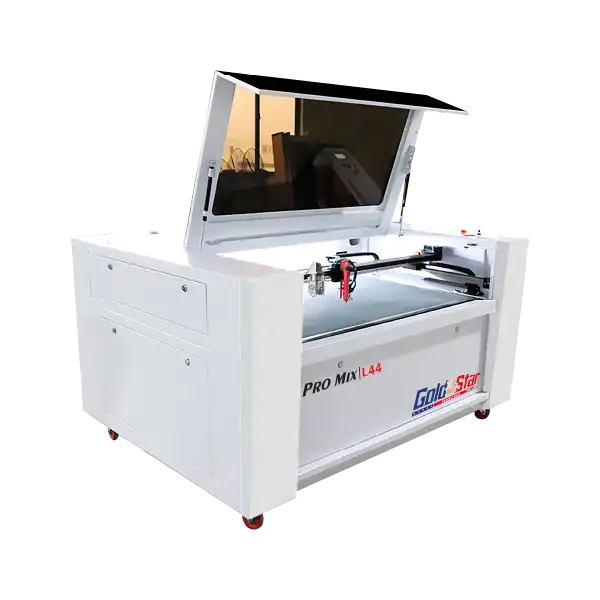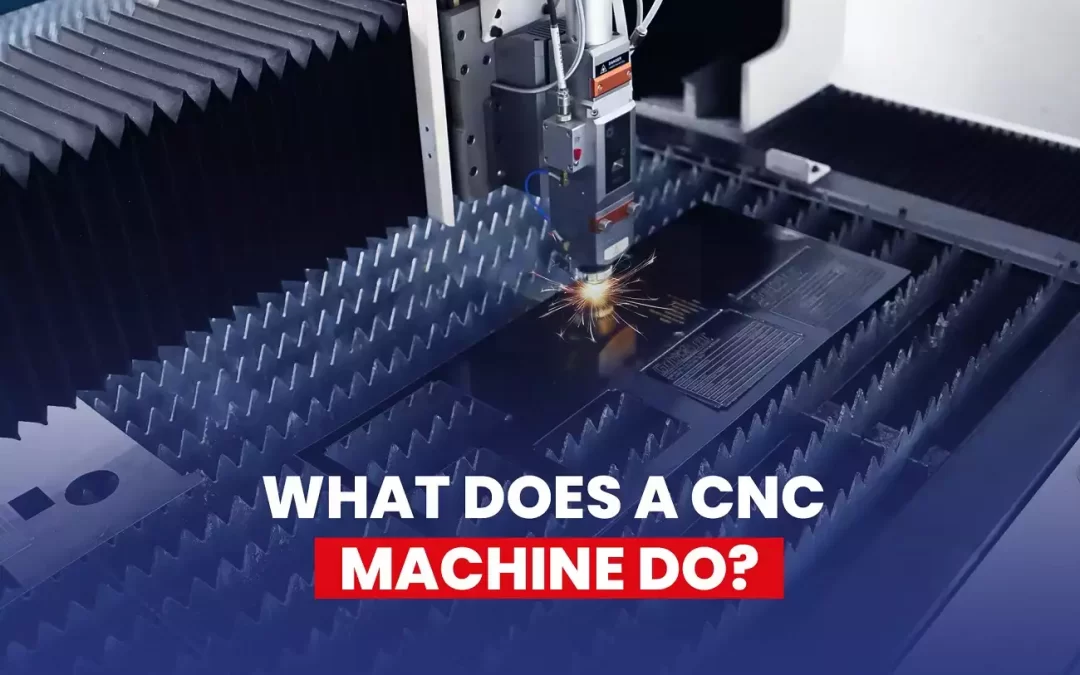Computer Numerical Control machines (CNC) are devices that automate the manufacture of components or modify materials. They work by entering encoded instructions into a computer, allowing them to create parts with precision and speed.
CNC machines play a vital role in almost every field of manufacturing imaginable, both in large-scale production and in creating customized parts in smaller quantities.
They have evolved a lot since their origins in the 1950s, adapting to digital technologies and market demands. They are now essential for modern automated manufacturing and are largely responsible for human progress. They are present in almost all major technological advances we have had in recent years.
How do CNC machines work?
Operating a CNC machine can be complicated as it requires technical skills and specific knowledge. These machines greatly facilitate production processes; however, their handling is not so simple that just anyone can use them without proper training. Here is how the process typically involving a CNC machine for production usually goes:
The first step to manufacturing a part with a CNC machine is the selection of its design, either from a physical sample, a 3D model, or a simple sketch. Then comes the choice of material, which requires considering its unique qualities, availability, and price.
Then the most appropriate cutting tool for the material and type of machining to be performed is chosen, such as milling, drilling, cutting, or engraving. Next, the numerical control program is created, which is the set of instructions telling the CNC machine how to move the tool and workpiece. This program can be generated manually or using CAM (computer-aided manufacturing) software.
Then the program is loaded into the machine using a USB memory stick, SD card, or network connection. Next, the CNC machine is prepared by placing the tool in the spindle, securing the workpiece on the table or plate, and adjusting the speed, feed, and cooling parameters, as the case may be.
Finally, the operation of the CNC machine is verified, simulating the machining or making a test cut in scrap material. The actual machining of the part begins, supervising the process and checking the quality of the result.
What does a CNC machine do?
CNC machines are used in many industries to produce different products. Here are some examples:
Electronics industry: They produce delicate and precise electronic components such as printed circuit boards and connectors. They are capable of processing conductive and non-conductive metals as well as a wide range of plastics. This industry benefits from the speed and precision with which these machines can produce large quantities of small parts. CNC milling machines are commonly used to produce delicate and precise electronic components.
Automotive industry: CNC machines can produce complex mechanical parts used in automobiles such as gears and engine components. They are able to perform casting, turning, drilling, grinding, and milling operations to produce different parts of the automobile with high precision and tolerance. They are also used to produce other automotive components such as headlight housings and starter motors.
Aerospace industry: Thanks to CNC machines, precise and durable parts used in aircraft and rockets are created. Parts they manufacture include structural parts, engine components, and landing gear components. CNC technology is also increasingly being used in the automated manufacture of structures to handle complex interpolated motion.
Medical industry: These machines are widely used in the medical industry to produce tools, surgical implements, implants, and customized prostheses with high precision. Some examples of medical products that can be made with CNC machines include:
Surgical instruments: They can manufacture high-quality surgical instruments used by doctors during operations such as surgical scissors, blade handles, biopsy tubes, cutters, implant holders, and forceps.
Micro-machining: It is involved in the manufacture of extremely small medical parts. These parts are mainly used in devices implanted in the body, drug delivery technologies, surgical tools for exploration, and other similar uses.
Electronic Medical Equipment: They are able to manufacture pieces of advanced electronic medical equipment, such as heart rate monitors, X-ray machines, and magnetic resonance scanners.
The Medical, Aerospace, and Automotive industries equally feature CNC Mills and CNC Lathes as the most used machines to produce different structural parts and pieces of vehicles or compartments, engine components, and parts of the landing gear. They are also used to manufacture medical devices with high precision and tolerance, tools and implants, and casings for electronic medical devices among others.
Construction industry: The CNC machines generally used are CNC Mills and CNC Plasma Cutting Machines; as they can produce structural pieces and components for the construction of buildings. They are capable of performing casting, turning, drilling, grinding, and milling operations to produce different parts of a building with high precision and tolerance.
Furniture industry: In this industry, they are used to cut and shape wood and other materials to create mass-produced or customized and unique furniture. These machines can perform cutting, engraving, drilling, milling, and turning operations with high precision to produce different parts of a piece of furniture. In addition to wood, CNC machines can also work with other materials used in furniture making, such as plastics, metals, and composites. CNC Routers are commonly used to cut and shape wood and other materials in this industry. CNC Routers are similar to CNC Mills but are generally used to work on softer materials.
Art and design: CNC machines can be used to create sculptures, engravings, and other art objects with great precision and detail. In design, these machines are also used to produce functional objects with a high degree of customization and detail, such as unique furniture, jewelry, and fashion accessories.
Some of the types of CNC Machines most commonly used in these sectors are: CNC Turning Machines for precise drilling; CNC Mills, to process a wide variety of metal parts; CNC Routers, for cutting parts; Plasma Cutters, to work with dense metals; and 3D Printers, for molds and models.
Benefits of Using CNC Machines:
• Greater precision: CNC machines can produce parts with much higher precision and consistency than manual methods as they are computer controlled. This results in less wasted material and defective parts.
• Less waste and lower costs: The higher precision and consistency of CNC machines means less wasted material and fewer defective parts. This leads to lower costs and higher profits.
• Improved safety: Greatly reduce the need for direct human involvement during operation, reducing the risk of work-related accidents.
• Flexibility and customization: They can be programmed to specifications, allowing a single machine to produce a variety of customized parts.
• CNC machines offer automated, computer-controlled operation that provides a level of consistency that’s tough to achieve through manual processes.
• Ability to produce complex parts: With multi-axis control and milling/cutting capabilities, CNC machines can produce intricate and complex parts that would be difficult or impossible with manual methods.
Disadvantages of using CNC Machines:
• CNC machines can be expensive to acquire and maintain compared to manual or conventional manufacturing methods.
• It requires trained personnel to program and operate this equipment, which can limit its access and use.
• They are more prone to technical problems or errors that affect their functioning. For example, a power cut or a failure in the software can cause damage to the parts or to the machines themselves.
• They have restrictions in terms of the size or shape of the pieces they can manufacture and the materials they can work with. Some materials like glass or wood cannot be machined with precision with this technology.
• They require maintenance and calibration on a regular basis to ensure their precision and efficiency, which implies an additional cost and time.
Future of CNC machines:
The future of CNC machines is expected to be exciting and promising. One of the most interesting trends is autonomous manufacturing, where CNC machines can reprogram themselves using Artificial Intelligence to produce new parts or products without the need for human intervention.
This can offer huge benefits in terms of customer experience, operational performance, and cost efficiency. Additionally, the digitalization of CNC machines and other factory production equipment is the future that the Internet of Things has been promising us.
The global CNC machine market is forecast to reach a value of $128.86 billion by 2026, registering an annual growth rate of 5.5% from 2019 to 2026, making it a technology worth investing in.
Conclusions:
The future of CNC machines is expected to be exciting and promising. One of the most interesting trends is autonomous manufacturing, where CNC machines can reprogram themselves using Artificial Intelligence to produce new parts or products without the need for human intervention. This can offer huge benefits in terms of customer experience, operational performance, and cost efficiency. Additionally, the digitalization of CNC machines and other factory production equipment is the future that the Internet of Things has been promising us. The global CNC machine market is forecast to reach a value of $128.86 billion by 2026, registering an annual growth rate of 5.5% from 2019 to 2026, making it a technology worth investing in.
See our Products
We offer you a wide range of CNC Machines, Woodworking and Cabinet Making and all type of CNC Machinery at the best price.
CNC Routers
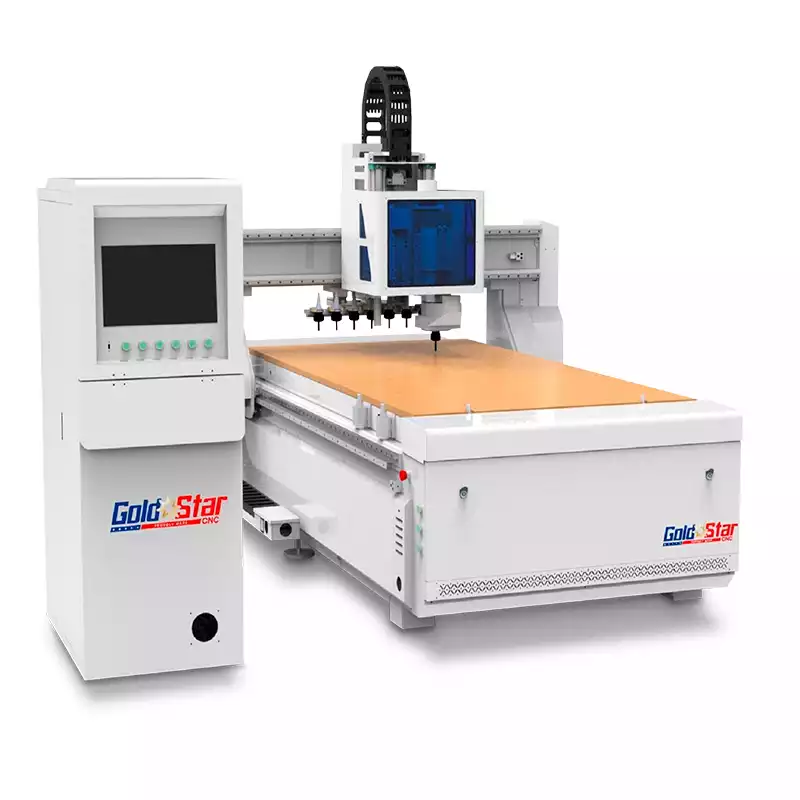
Dust Collectors
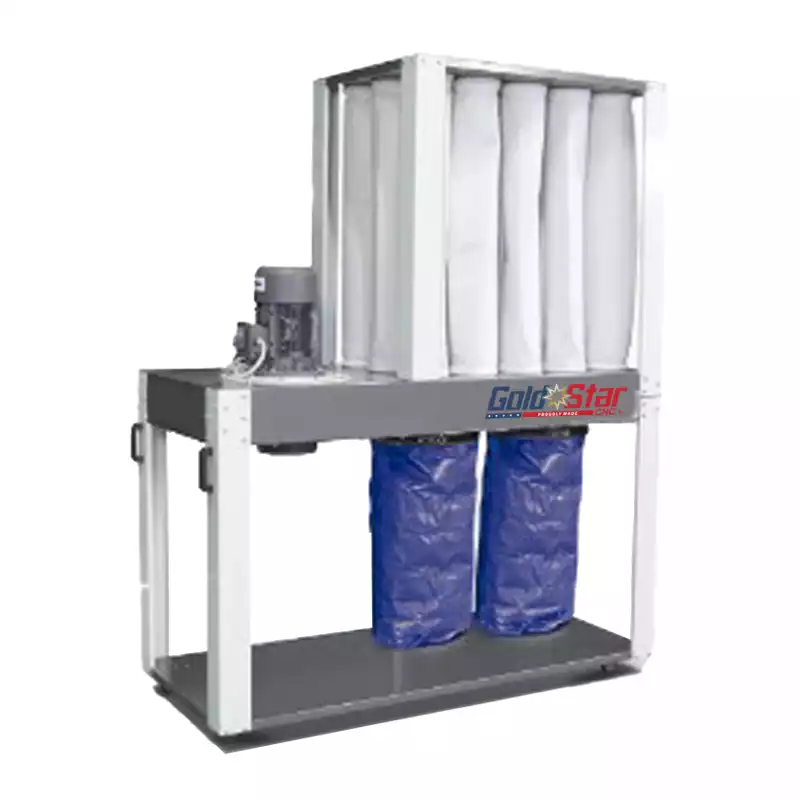
Edgebanders

Air Compressors
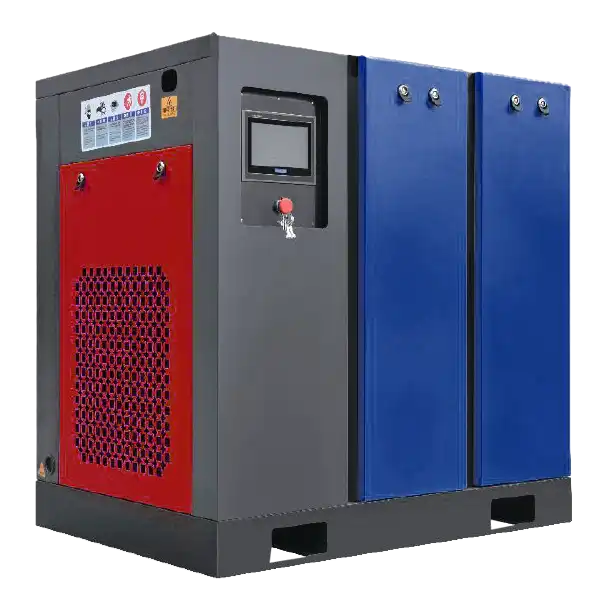
CNC Lasers
